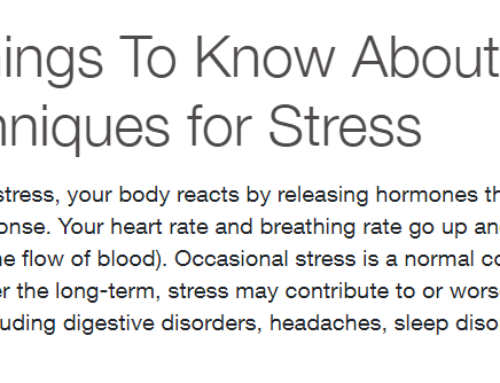Cortisol on the body stress hormone is secreted cyclically. The amount of it that’s in the blood is highest in the morning and lowest at night. This daily increase or decrease in cortisol secretion is a powerful control factor for all biological processes and many physicians believe the breakdowns in these regular up and down oscillations, called circadian rhythms, can elevate the risk of disease and accelerated aging.
Since daily cortisol levels naturally spike somewhere between 4 to 6 A.M., it’s best to try to wake up as close to the sunrise as possible. Waking up at the same time every morning can have a rhythm or stabilizing effect. Taking a walk and enjoying first daylight can be especially helpful. While all this early A.M. activity may be inconvenient or uncomfortable, it’s a great way to reset our daily cortisol secretion cycle. Because cortisol levels begin to drop as the Sun sinks slowly into the West, we should start to wind down activities as the late afternoon moves into early evening and begin relaxing pursuits, like easy conversations, light reading and enjoyable socializing. If you’re lucky enough to be in nature, watching the sunset can be particularly effective for harmonizing the body’s circadian cortisol rhythm.










